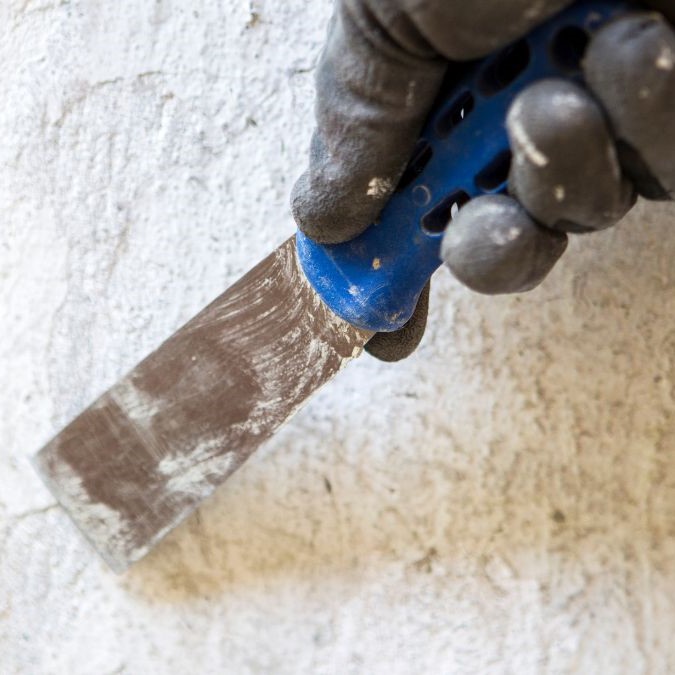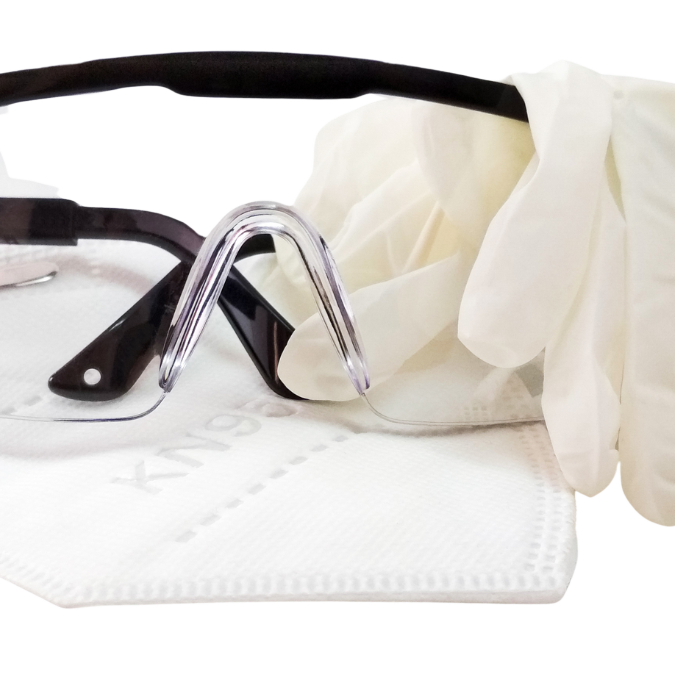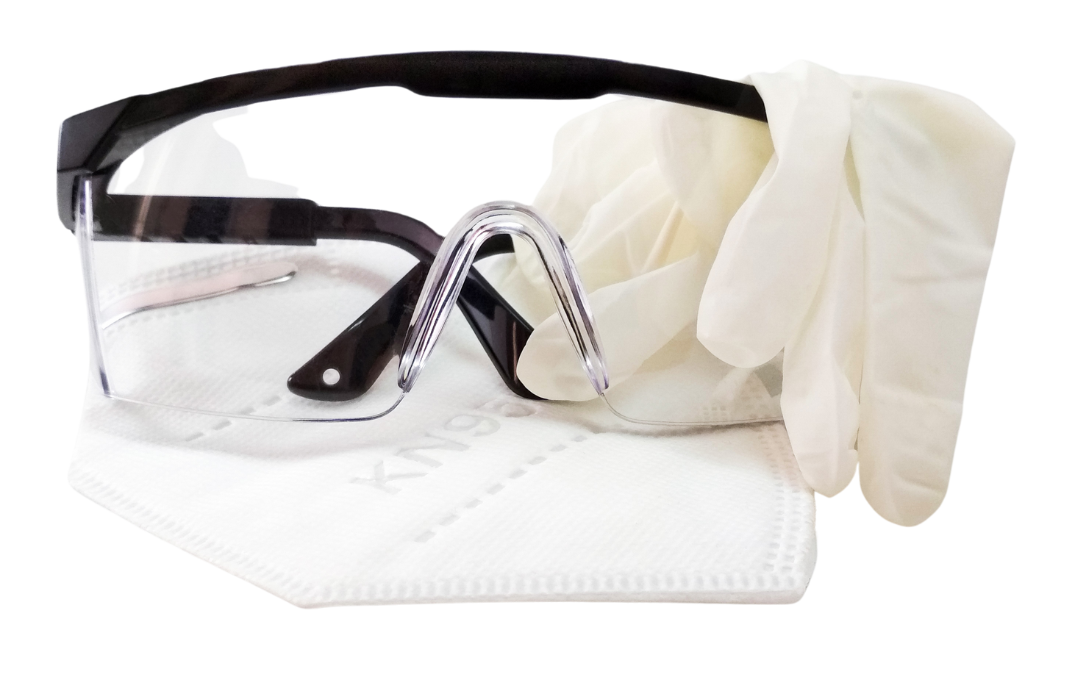How to see if the it is oil or water based paint
To identify the paint type, start with a simple water test. Dampen a cloth with some warm, soapy water and rub it over a small, inconspicuous area of the painted surface. If the paint starts to soften and come off onto the cloth, it’s likely water based. These paints are generally easier to remove and respond well to gentler methods like soap and water or simple scraping.
If the water test doesn’t affect the paint, you’re probably dealing with oil based paint. These are more stubborn and require a bit more effort to remove. They don’t dissolve in water, so you’ll need to bring out the heavy artillery: chemical paint strippers designed for oil-based paints or mechanical methods like grinding.



